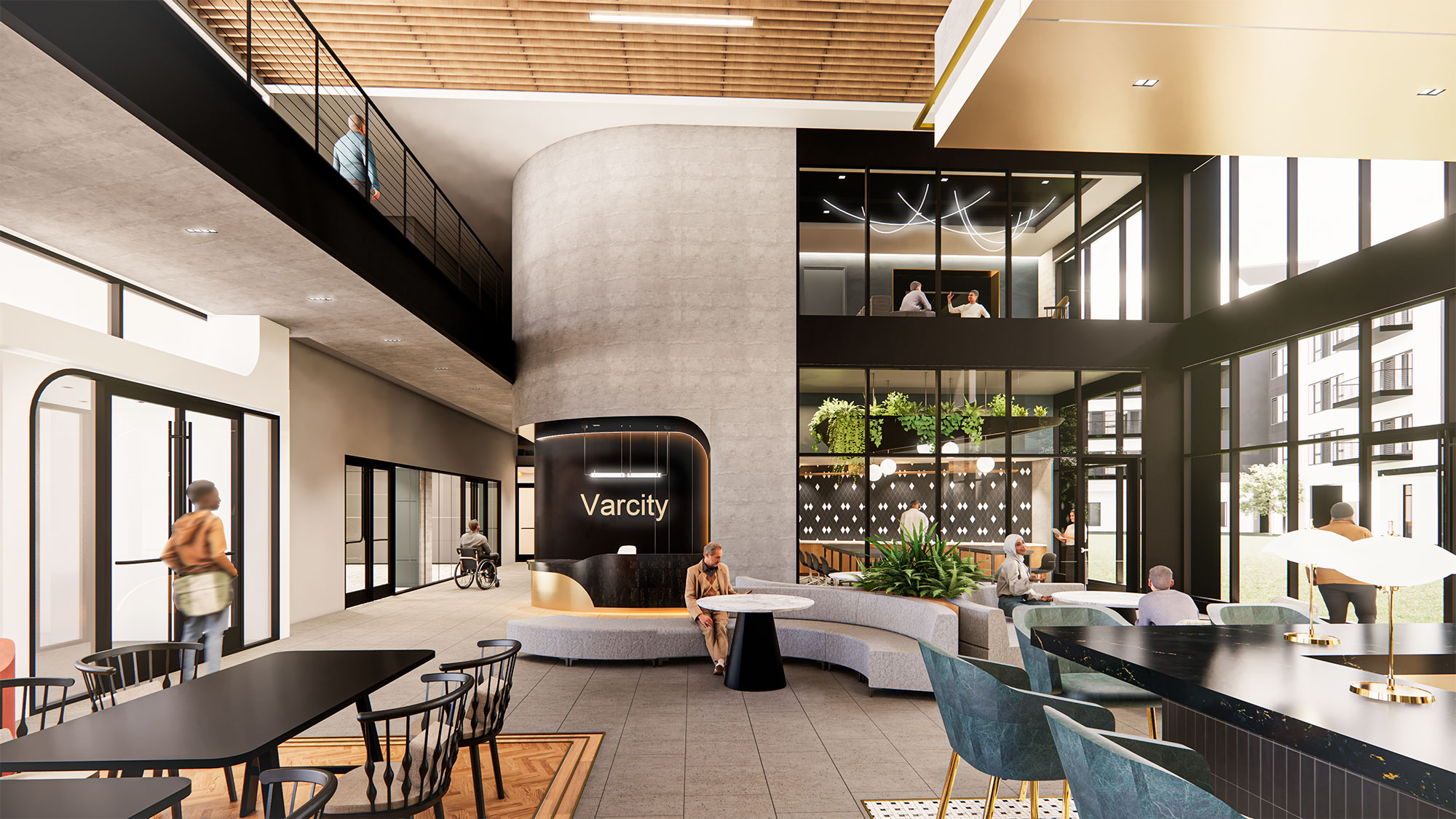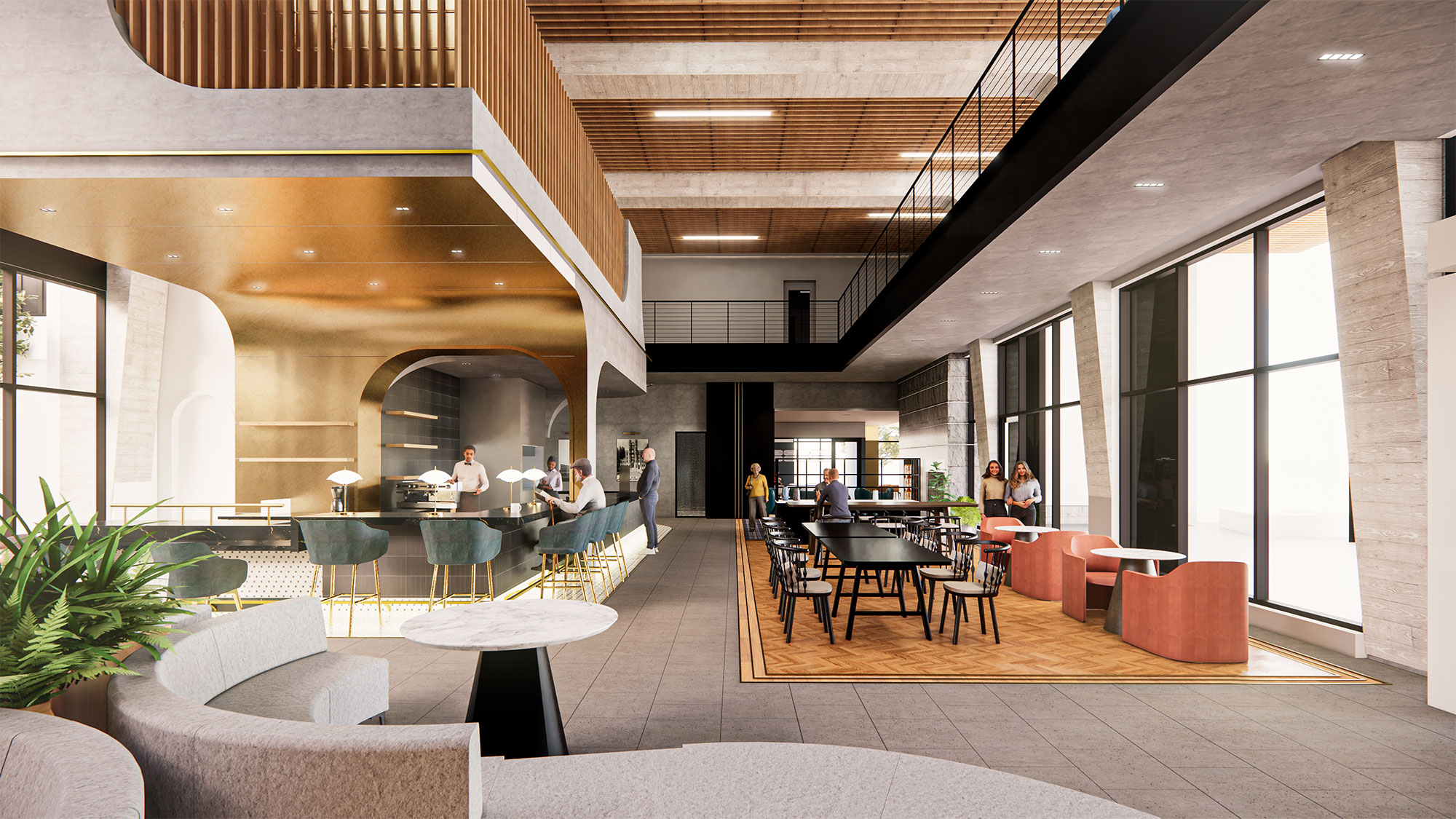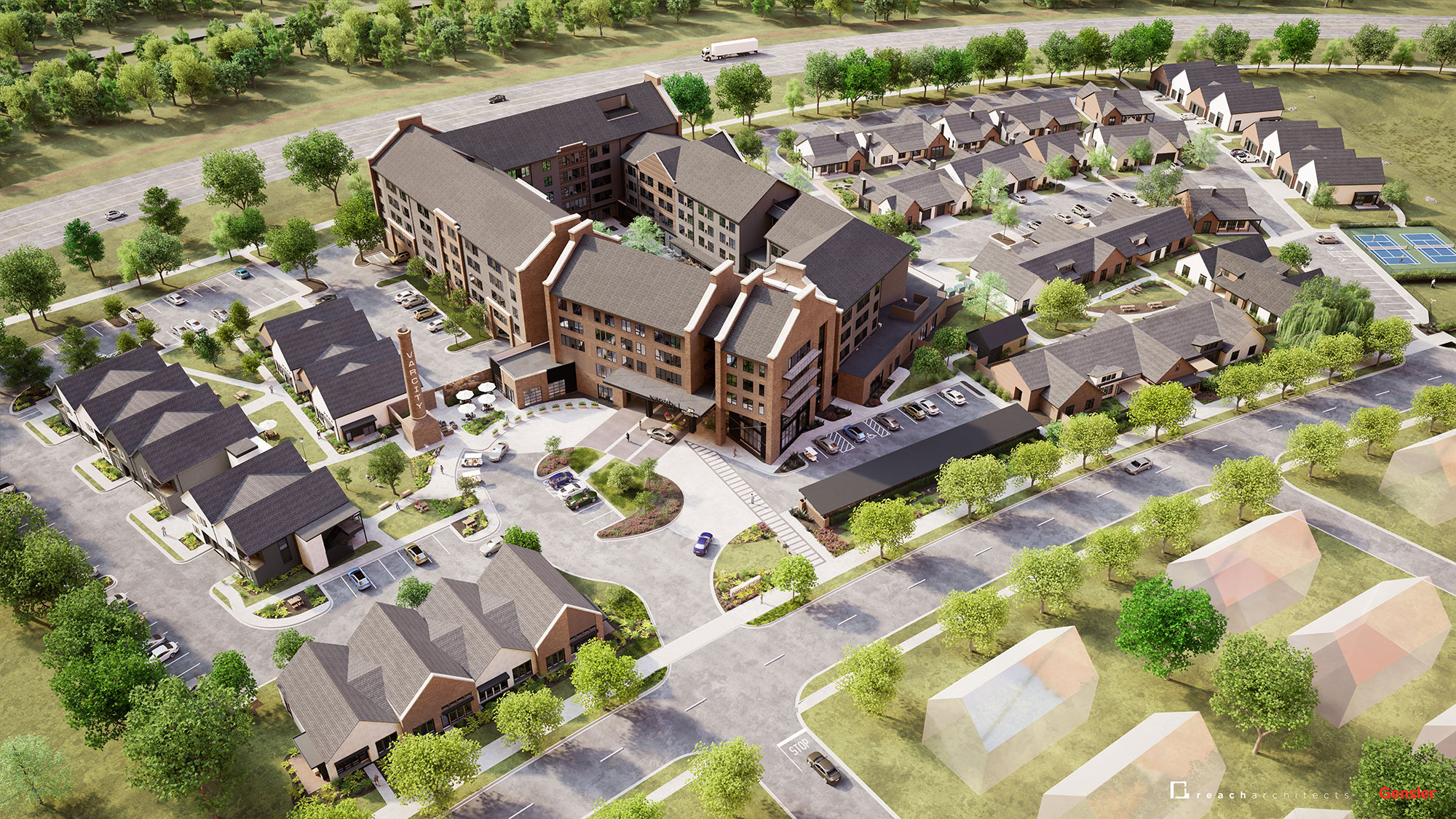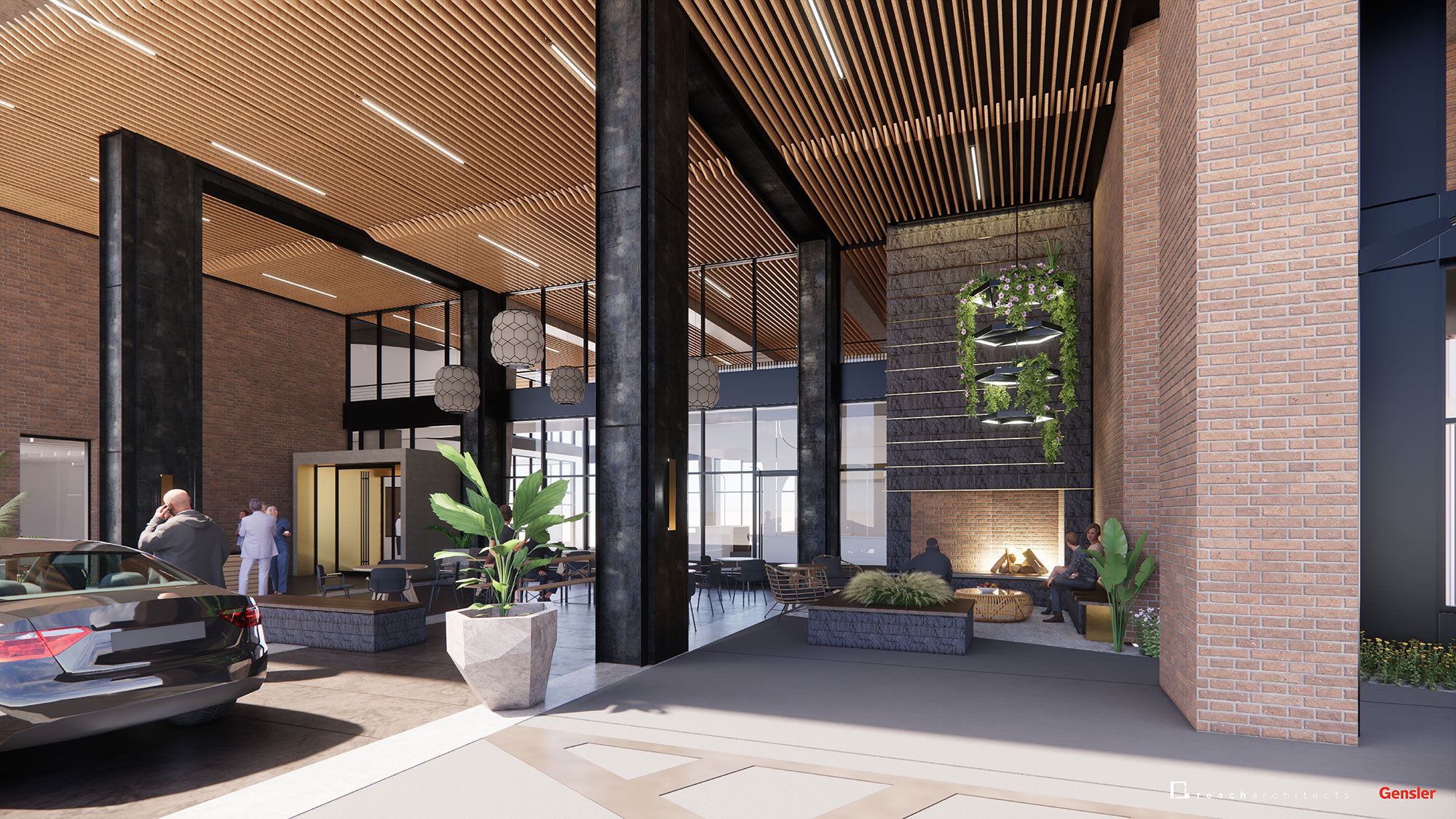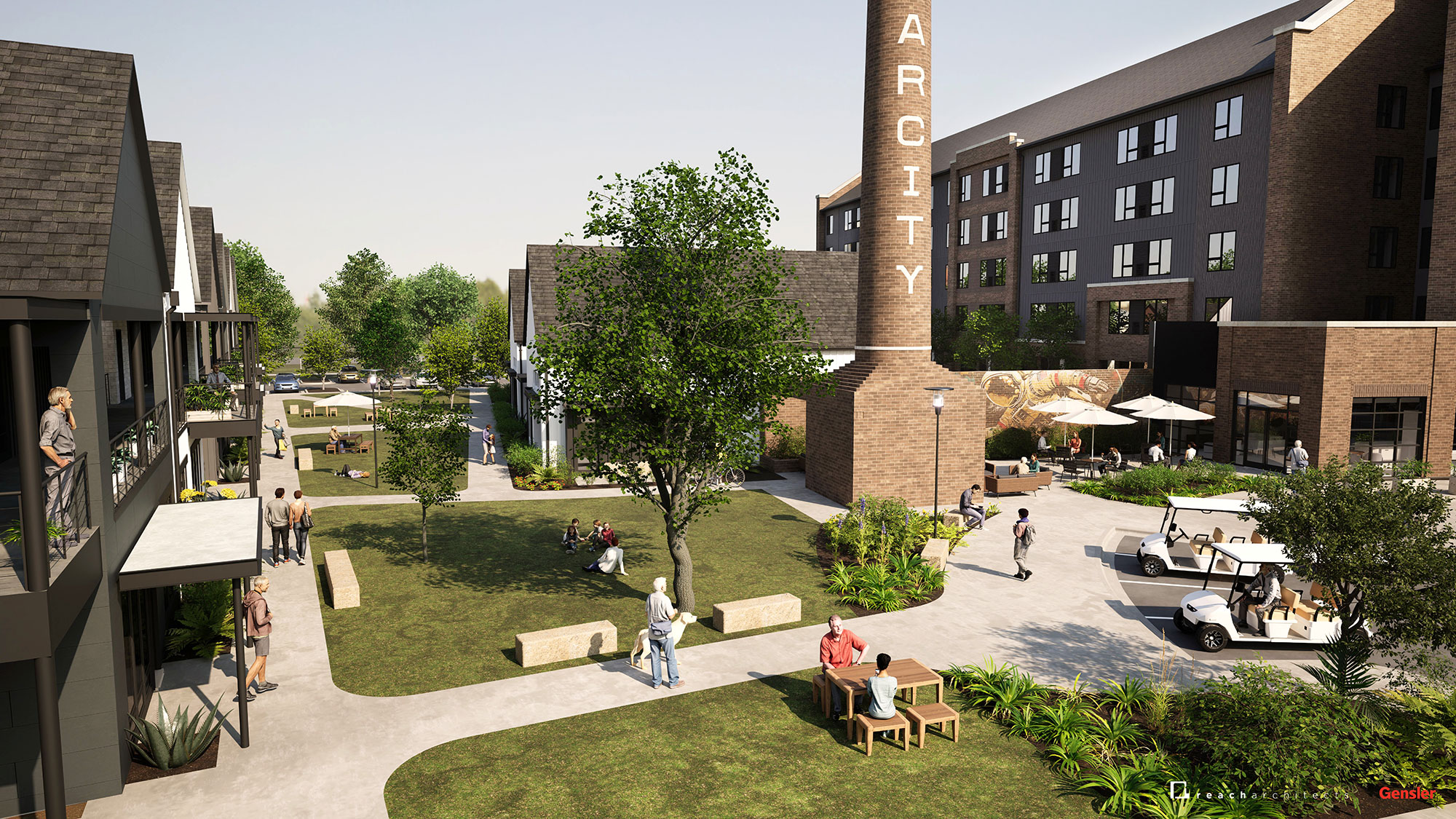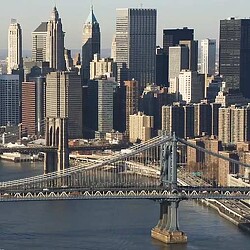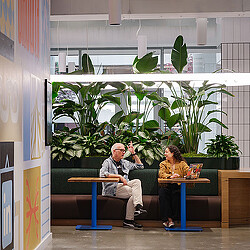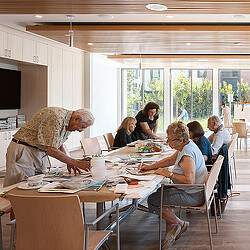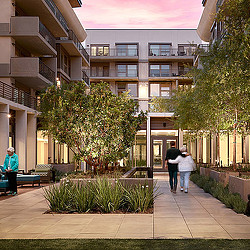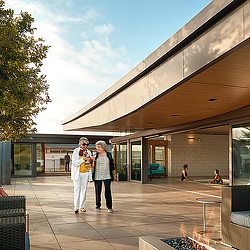Age-Welcoming Cities: Designing for an Era of Longevity
The challenge of a rapidly aging population also presents an opportunity: to reimagine how we plan our cities.
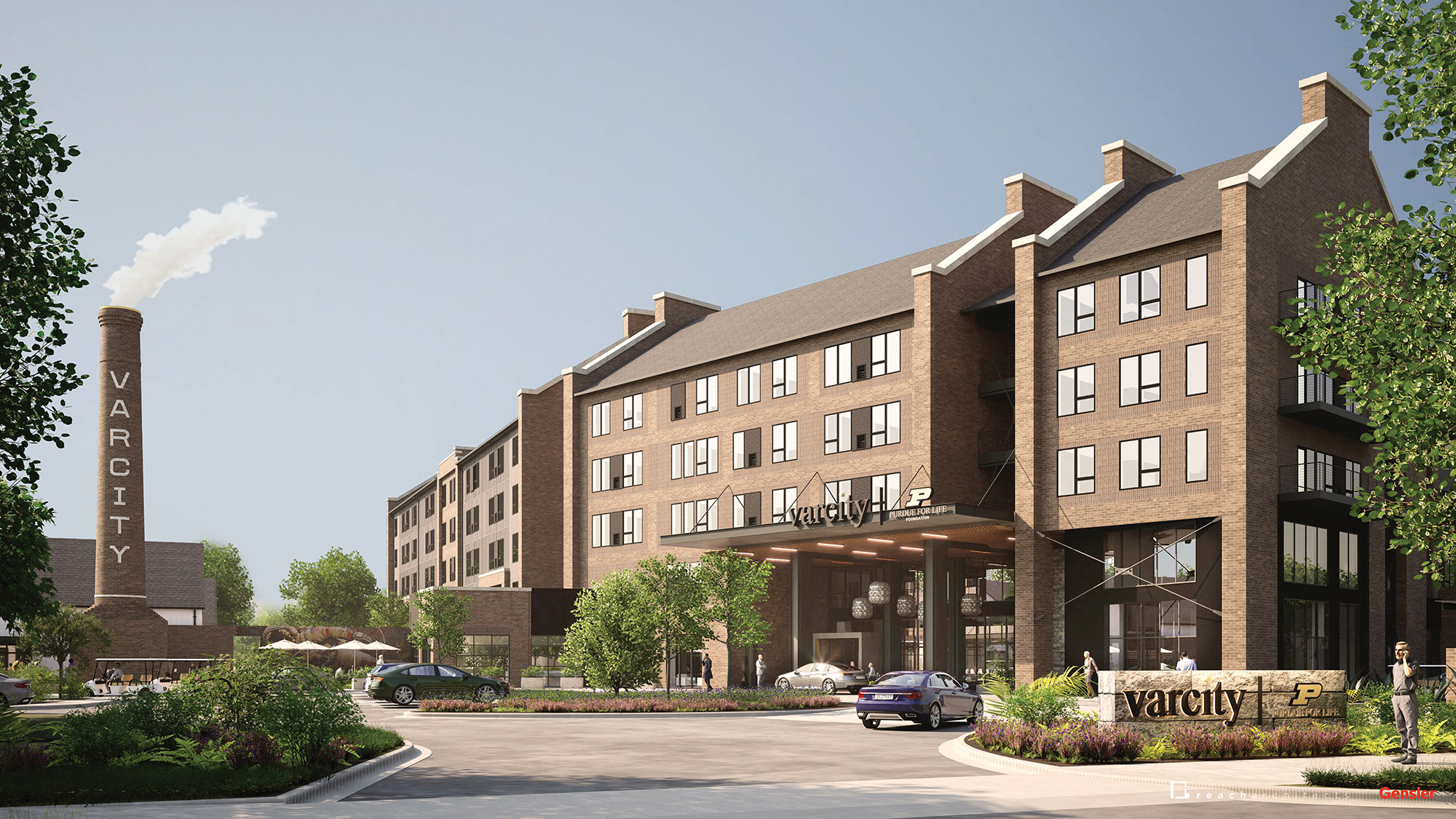
The world’s population is the oldest it’s ever been and continues to age faster than at any time in history. Today, two-thirds of people globally live in nations with fertility rates below replacement, even as life expectancy rises in nearly every country. These forces, fewer births and longer lives — are reshaping the human story. In just 25 years, the number of people over 65 will more than double to 1.6 billion, resulting in the largest older population the world has ever known.
Cities exist to support the people who live in them, so as demographic shifts unfold, it’s crucial that planners respond. The looming challenge of rapid population aging — often referred to the “silver tsunami” — also presents an opportunity to rethink how we plan our cities. As older adults stay active, extend their careers, contribute to local economies, and engage in civic life, what if cities were designed to support this shift?
What This Means for Cities
According to the 2025 Gensler City Pulse research, a global study of 33,000 people across 65 cities, the world’s population continues to flock toward urban areas, with nearly five billion people living in urban settings today.
However, this growth is not uniform. Some cities are expanding rapidly, attracting new residents. Some are staying stable, maintaining their current populations. There are also cities seeing a decline in resident population from outward migration.
One trend cuts across all situations: birthrates are declining in urban areas, making it difficult for cities to sustain themselves through natural population growth. The future of urban growth will depend on appealing to new residents while building resilient, lasting communities.
Cities concentrate people, infrastructure, and opportunity — and they will feel the impact of aging populations first and most intensely. To thrive in this new era, cities must be reimagined not just to accommodate older residents but to empower them as active participants in civic, cultural, and economic life.
Here are five areas where cities need to act to ensure they are prepared for the future:
Housing and Health
Housing is the foundation of an age-welcoming city, and it must be designed in tandem with healthcare and support services. Adaptable and affordable homes that allow people to age in place can prevent the disruption of being forced to move as needs evolve. At the same time, communities benefit from models that promote multigenerational living, which reduces isolation and strengthens social ties.
Mobility and the Public Realm
Transit, walkability, and comfort are essential components of an age-welcoming urban environment. Well-lit pedestrian paths, shaded sidewalks, and frequent rest points make daily outings more workable and enjoyable. Small, nearby parks with clean facilities provide opportunities for exercise, leisure, and connection. Together, these features support the “15-minute city” concept, where essential needs can be met within a short walk or ride — an approach that particularly helps older adults while improving quality of life for all.
A leading example of this philosophy in practice is Mosaic by Willow Valley Communities in Lancaster, Pennsylvania. Designed as a vertical neighborhood within the city’s walkable downtown, Mosaic emphasizes accessibility, proximity, and integration with the surrounding urban fabric. Residents have easy access to cultural venues, restaurants, and shops just steps away, while the building itself is designed with age-friendly principles in mind — ample communal spaces, wellness amenities, and seamless connections to the public realm.
Projects like Mosaic show how mobility and comfort can be embedded into the very fabric of urban development, making aging-in-place both possible and enriching.
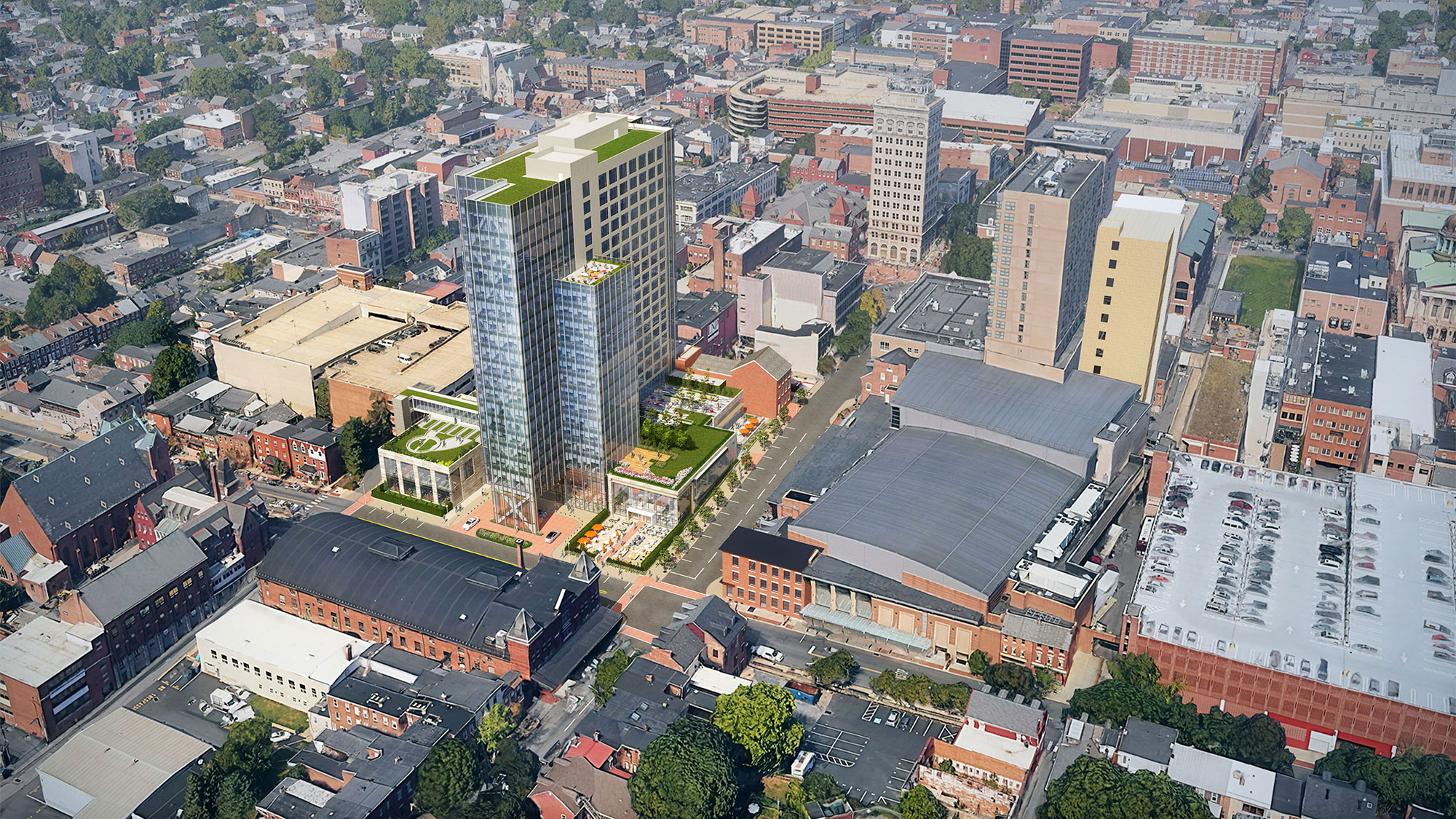
Engagement, Work, and Learning
A fulfilling city is one where residents feel engaged in cultural, economic, and intellectual life at every stage of life. Universities and libraries can expand opportunities for lifelong learning, giving older adults the chance to pursue new interests or skills.
Economic participation is equally important. Flexible and part-time work options allow older workers to stay active in the labor force, while entrepreneurship programs support late-career innovators. Intergenerational mentorship and knowledge exchange strengthen both workplaces and communities, ensuring experience and wisdom are shared while new perspectives are embraced.
An emerging model of this principle is Varcity at Purdue University, a mixed-use community designed to connect older adults with the energy and resources of campus life. Located next to Purdue’s campus, Varcity offers residents access to lectures, cultural events, fitness facilities, and opportunities to engage directly with students and faculty. It blends housing with educational and recreational amenities, fostering a truly intergenerational environment where learning, mentorship, and collaboration are a natural part of daily life.
By placing older adults near academic and cultural institutions, projects like Varcity illustrate how cities can design spaces that keep people intellectually active, socially connected, and economically engaged well into later life.
Civic and Social Inclusion
An inclusive city is one where older adults help shape decisions rather than being passive recipients of services. At the same time, cities must bridge the digital divide so older residents can access online services, civic platforms, and modern technologies. Public spaces should be designed for intergenerational interaction, where parks, plazas, and community facilities foster natural connections between people of all ages. Such strategies promote belonging and reduce the risk of isolation.
Policy and Governance
Transforming cities for an aging population requires coordinated governance. A dedicated task force that connects departments — planning, housing, transportation, public health, and community services — ensures that aging is not siloed but mainstreamed into every policy area. Building codes, zoning regulations, and transportation investments must all carry an age-friendly lens. Regular audits that involve seniors as active participants provide ongoing accountability and help cities identify areas for improvement.
The Opportunity Ahead
The aging of the global population is not simply a challenge; it’s an opportunity. Cities that adapt well to this demographic transformation will unlock new forms of resilience, creativity, and prosperity. Older adults are not just a group to support — they are a resource to be activated.
In short, the question is not only how we plan for the oldest population in history, but also how we design cities that enable every stage of life to thrive.
For media inquiries, email .
